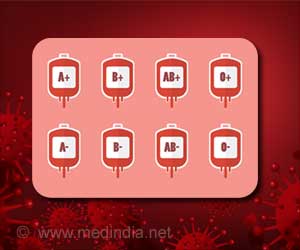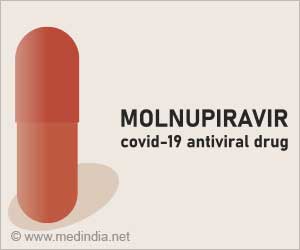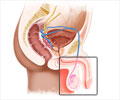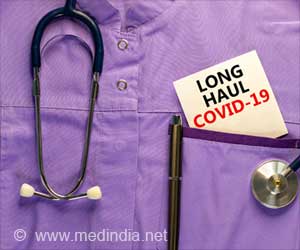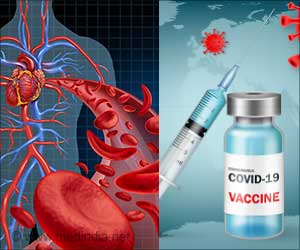Scientists develop an RNA base breathe analyzer for COVID-19 detection which is less invasive than alternative testing approaches and predicts lower respiratory tract involvement more accurately.

‘The Bubbler not only detects viral RNA from airborne virus particles but can also the barcode which provides additional information such as viral load and strain identity and eliminates the need for stabilizing a sample.’





“Involvement of the lower respiratory tract is often a precursor to severe COVID-19, so there is an argument for a more direct sampling focused on exhaled breath,” explained lead investigator William G. Fairbrother, Ph.D., professor in the department of molecular biology, cell biology and biochemistry at Brown University in Providence, RI, USA. Swab tests samples for COVID-19 detection collected from the upper respiratory tract but viral load in the upper respiratory tract is not correlated with symptoms in the lower respiratory tract, such as pneumonia.
Whereas COVID-19 virus detection by the Bubbler is a better measure of risk of contagion as it detects airborne viral particles.
The Bubbler can also be adapted for environmental sampling in hospitals, transportation hubs, and closed environments like offices, ships, and planes, the investigators report.
The Bubbler is a glass tube with a glass pipette through which patients can exhale. The tube is filled with a reverse transcription reaction mixture and cold mineral oil.
Advertisement
The samples were tested from three points in the respiratory tract. Tongue scrapes from the mouth (saliva/tongue scrapes) and 15 seconds of exhaled breath collected in the Bubbler were compared to those from a conventional nasopharyngeal swab PCR test.
Advertisement
Viral RNA is more enriched in the breath compared to oral samples. This suggests the viral signal detected in the Bubbler comes from active viral particles.
Another advantage is barcoding, which enables high-throughput RNA virus testing at a fraction of the cost of conventional testing.
The barcode returns a viral sequence that also supports strain identification, which may prove useful as more information is learned about transmissibility and possible strain-specific treatment decisions.
Researchers also demonstrated that Bubbler might be adapted to detect the virus in airborne samples using aerosolized nucleic acids to quantitatively map airflow in indoor spaces.
Such technology could be useful in restoring service to industries such as hotels, cruise ships, and casinos. There is also an epidemiological benefit to routine testing of air at early warning sites such as transportation hubs and hospital emergency departments.
Source-Medindia


